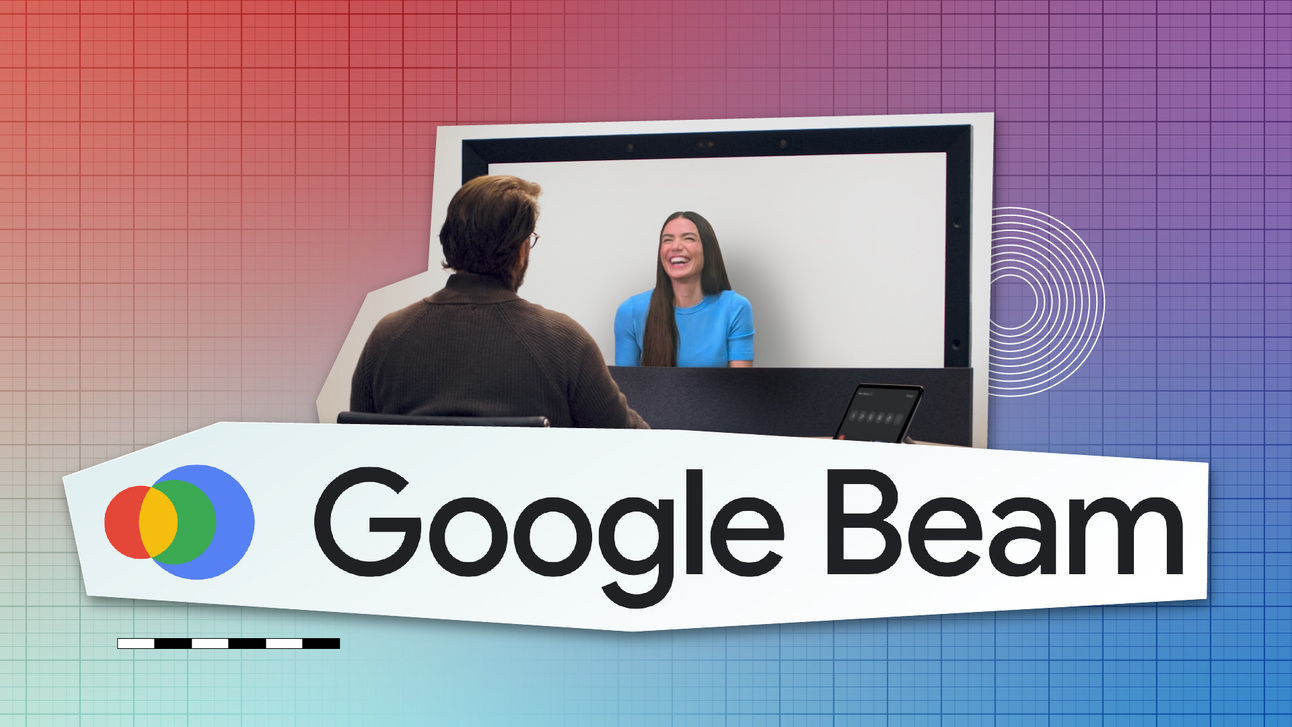Google Beam: Revolutionizing 3D Video Communication with AI
At Google I/O 2025, Google unveiled Google Beam, the evolution of its ambitious Project Starline. This AI-first 3D video communication platform aims to transform virtual interactions by making them more lifelike and immersive.

What is Google Beam?
Google Beam is designed to bridge the gap between physical and virtual communication. By leveraging advanced AI and machine learning, it creates a 3D representation of participants, allowing for natural eye contact, gestures, and spatial audio without the need for headsets or glasses.
Key Features
- AI Volumetric Video Model: Transforms 2D video streams into realistic 3D experiences, capturing depth and dimension.
- Light Field Display: Provides a sense of presence, making remote conversations feel like in-person meetings.
- High-Precision Head Tracking: Accurate to the millimeter at 60 frames per second, ensuring smooth and responsive interactions.
- Real-Time Translation: Facilitates seamless communication across different languages, enhancing global collaboration.
Enterprise Integration
Google is collaborating with partners like HP and Zoom to bring Beam to the enterprise market. Early adopters include companies such as Salesforce, Deloitte, and Duolingo, who are exploring Beam’s potential to enhance remote work and virtual meetings.
Future Prospects
While currently focused on enterprise applications, Google envisions expanding Beam’s reach to consumers, aiming to redefine personal video communication. With ongoing developments, Beam could soon become a staple in homes, offering immersive virtual interactions for everyone.


